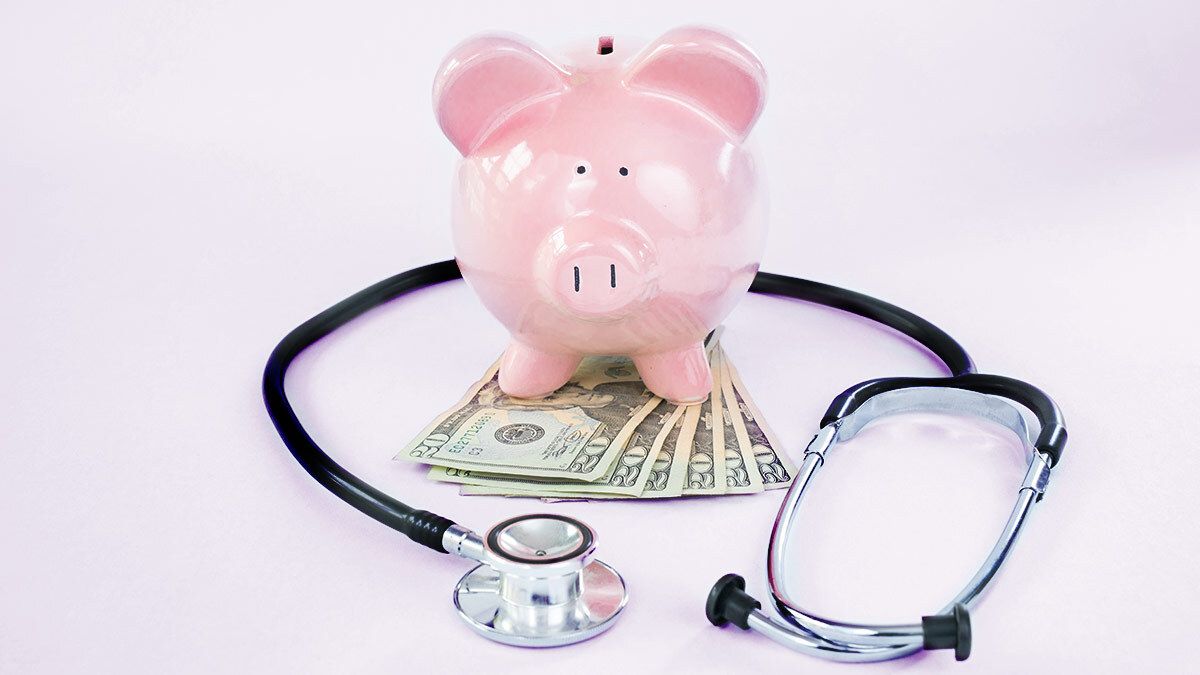Businesses could apply for a Paycheck Protection Program loan through May 31, 2021. As of June 1, 2021, the SBA is no longer accepting PPP loan applications.
On April 24, 2020, the Paycheck Protection Program and Health Care Enhancement Act was signed into law. The act provides additional coronavirus funding to replenish programs and provide relief to businesses impacted by COVID-19. Check out an overview of what the newest funding bill covers and how it can benefit your small business.
Overview of coronavirus legislation
Before you dive into the Paycheck Protection Program and Health Care Enhancement Act, take a look at the first two relief measures. Previously passed legislation include the:
- Families First Coronavirus Response Act (FFCRA)
- Coronavirus Aid, Relief, and Economic Security Act (CARES Act)
The FFCRA was the first coronavirus-related bill signed into law. It offers a number of relief measures for small businesses and individuals. The Families First Coronavirus Response Act provides paid sick and family leave, expanded FMLA benefits, paid leave employer tax credits, expanded unemployment benefits, nutrition assistance, and COVID-19 testing coverage.
The CARES Act benefits business owners and individuals alike. Not only did the act establish the Paycheck Protection Program (PPP) for business owners, but it also offers additional relief measures, including the Employee Retention Credit, Social Security tax deferral, Economic Injury Disaster Loan (EIDL) expansion, stimulus checks, expanded unemployment assistance, student loan relief, and health care relief.
The Paycheck Protection Program and Health Care Enhancement Act
The Paycheck Protection Program and Health Care Enhancement Act adds funds to existing programs that have run out of money or are underfunded. This includes additional funding for:
- The PPP
- The EIDL program
- Hospitals and health care
- COVID-19 testing
The total funding amount for the Paycheck Protection Program and Health Care Enhancement Act is $484 billion, with $370 billion going toward funding for small businesses.
Check out a breakdown of the new Paycheck Protection Program and Health Care Enhancement Act below, including how much funding is going to each program.
Paycheck Protection Program
Again, the PPP was enacted under the CARES Act. As a brief recap, the PPP provides forgivable loans to small businesses to help cover up to 24 weeks of payroll costs, interest on mortgages, rent, and utilities. Business owners must use 60% of the borrowed loan for payroll costs (40% for mortgage interest, rent, and utilities) to maximize loan forgiveness.
The Small Business Administration (SBA) will forgive part or all of the principal amount of the loan (plus accrued interest) for business owners who use the PPP loan for eligible expenses, retain employees, and maintain salary levels.
The CARES Act set aside $349 billion for the Paycheck Protection Program loans. However, on April 16, 2020, the funds for PPP loans ran out. To replenish funding for the PPP (and other programs), the government passed the Paycheck Protection Program and Health Care Enhancement Act.
Under the Paycheck Protection Program and Health Care Enhancement Act, the PPP received $310 billion in additional funding. At least $60 billion of the $310 billion is set aside for small and midsize lenders, including community banks, credit unions, and community development financial institutions.
Because the Paycheck Protection Program and Health Care Enhancement Act restored funds for the PPP, the SBA resumed accepting PPP loan applications and disbursing PPP funds on April 27, 2020.
Businesses that have already applied should be in line for the PPP and don’t need to reapply. If you have applied for a PPP loan, check with your lender on the status of your application.
Keep in mind that PPP loans are first-come, first-served, and funds are limited. If you’re a business owner interested in receiving a PPP loan, apply as soon as possible.
The maximum loan amount is still $10 million per applicant. PPP loans come with a 1% interest rate that must be repaid within five years.
EIDL program
The Economic Injury Disaster Loan (EIDL) is another coronavirus loan option for small businesses operated by the SBA. The EIDL provides relief for qualifying businesses by providing low interest rates (3.75% for businesses and 2.75% for nonprofit organizations) and long-term repayment plans (maximum of 30 years).
The program gives business owners funding to cover expenses, such as employee wages, rent, and accounts payable. Unlike the PPP loan, the EIDL is not 100% forgivable—only the loan advance of up to $10,000 is forgivable.
Like the PPP, funds for the EIDL also ran out mid-April. The Paycheck Protection Program and Health Care Enhancement Act provides an additional $60 billion to the EIDL program. Out of the $60 billion, $10 billion of the replenished EIDL funds is going toward loan advances.
If approved, businesses with fewer than 500 employees can receive an EIDL up to $2 million with a forgivable advance of up to $10,000.
Like the PPP, businesses who already applied for an EIDL don’t need to reapply.
Hospital and health care
Under the newly passed legislation, $75 billion goes to the U.S. Department of Health and Human Services (HHS) to help reimburse providers for the cost of treating COVID-19 patients. The $75 billion includes funding to provide diagnosis, testing, and care of coronavirus patients.
Testing
Along with providing $75 billion to assist hospitals and health care industries, the Paycheck Protection Program and Health Care Enhancement Act provides $25 billion in funds to help develop and implement a plan for testing protocols by state. Funds will not only cover testing for COVID-19 in individuals, but also testing for coronavirus immunity.
Funds are broken down by certain groups and jurisdictions, including:
- States
- Localities
- Tribes
- Territories
Additionally, approximately $14 billion will go toward administrative costs for COVID-19 testing.
Alert! Changes to the PPP and EIDL program
The Consolidated Appropriations Act (aka the Act or CAA) was signed into law on December 27, 2020. The Act made a number of changes to the PPP and EIDL program.
The legislation provides additional funding to the PPP and also made the following changes to the PPP:
- Expanded eligibility for nonprofits (includes set-asides for very small businesses and community-based lenders)
- Second-time loans for eligible businesses with fewer than 300 employees and at least a 25% drop in gross receipts in a 2020 quarter compared to the same 2019 quarter
- Businesses can claim the Employee Retention Credit (ERC) in addition to a PPP loan (before, businesses were only allowed to opt into one or the other)
- Expenses you can spend your PPP loan on that qualify for forgiveness now also include operating expenses, covered property damage, supplier costs, and worker protection expenditures
- A simplified forgiveness application process for loans up to $150,000
- Businesses can deduct expenses paid with forgiven PPP loans from taxes
The CAA also provides additional funding for the EIDL program. The Consolidated Appropriations Act will replenish funds by providing $20 billion for new EIDL grants. These grants will be available for small businesses and nonprofits in low-income communities that had a 30% economic loss and have less than 300 employees. The new COVID-19 legislation also extends the covered period for EIDL grants through December 31, 2021.
This is not intended as legal advice; for more information, please click here.



